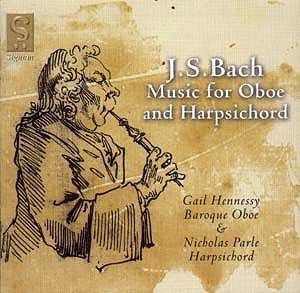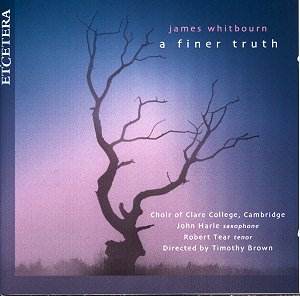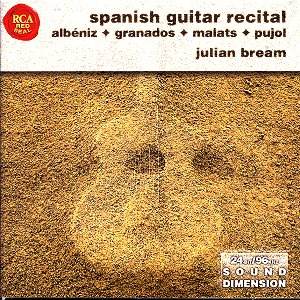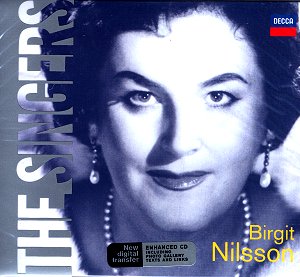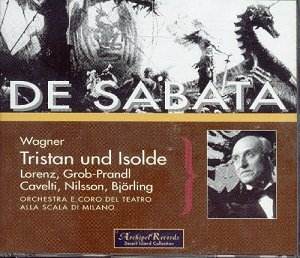 Composer: Richard Wagner
Composer: Richard Wagner
Works: Tristan und Isolde (1865)
Performers: Gertrud Grob-Prandl (soprano), Max Lorenz (tenor), Elsa Cavelti (soprano), Siegurd Bjorling (baritone), Sven Nilsson (bass), La Scala Orchestra and Chorus, Victor de Sabata (conductor)
Recording: Live at La Scala, Milan, 13th December 1951
Label: Archipel Records ARPCD 0027-3
Wagner’s “Tristan und Isolde” stands as one of the monumental achievements in the operatic canon, encapsulating themes of love, death, and transcendence through its revolutionary harmonic language and structural innovations. Composed in the mid-19th century, it heralded a new era in music, where emotional depth and psychological complexity took precedence over conventional narrative forms. The recording under consideration, featuring Victor de Sabata and the esteemed La Scala forces, emerges from a pivotal period in which Wagner’s operatic vision was beginning to find its ideal interpreters.
De Sabata’s approach to “Tristan und Isolde” is marked by an overwhelming intensity that defines this particular performance. His interpretation is characterized by a blistering energy, rivaling the likes of Böhm and Karajan, yet it possesses a unique tempestuousness that brings forth the opera’s inherent turmoil. The orchestra’s playing is at once aggressive and delicate, capturing the duality of passion and despair that permeates the score. This live recording, though marred by less-than-ideal sound quality, allows listeners a glimpse into a performance that crackles with urgency and emotional resonance.
The cast, while not boasting the star power of some later recordings, delivers an impassioned account of their roles. Gertrud Grob-Prandl’s Isolde is compelling, exuding youthful fervor and a nuanced vulnerability. Though she lacks the sheer dramatic weight of Kirsten Flagstad, her interpretation provides a fresh lens through which to view the character’s complex emotional landscape. Max Lorenz’s Tristan, while at times strained, captures the character’s anguished spirit, particularly in Act III, where his portrayal of madness and despair reaches staggering heights. De Sabata’s decision to accelerate the pacing in Act II, however, poses challenges for both singers, who seem to dissolve under the relentless momentum, resulting in a loss of the act’s structural integrity.
The sound engineering, as previously noted, is far from pristine, demanding considerable tolerance from the listener. The recording’s historical context cannot be overlooked; it reflects the technical limitations of the time, yet it simultaneously preserves the raw immediacy of a live performance. This adds an authentic dimension to the experience, allowing one to engage with the music as it was originally intended to be heard – in a vibrant theatrical setting, where the interplay between conductor and orchestra comes alive with visceral energy. The cuts, particularly in Acts I and II, while extensive, do not overshadow the performance’s emotional core, though they do impact the overall narrative flow.
In comparison to other notable recordings, de Sabata’s rendition stands apart for its sheer emotional intensity. While Bernstein’s interpretation is often lauded for its meticulous adherence to the score, de Sabata’s is a more tempestuous affair, reveling in the chaos of Wagner’s sound world. Those familiar only with Bernstein’s highly polished performance may be startled by the wild abandon that de Sabata brings to “Tristan und Isolde.” Despite the recording’s limitations, it remains a searing testament to Wagner’s genius and to de Sabata’s formidable interpretive prowess.
This performance, while imperfect, proves indispensable for those seeking to understand the full breadth of Wagner’s operatic landscape. It is a recording that both challenges and rewards, offering insights into the emotional depths of “Tristan und Isolde.” The visceral impact of this performance lingers long after the final notes fade, solidifying its place as a compelling entry in the pantheon of recorded opera. For any serious collector or Wagner enthusiast, this release is not merely a historical artifact but rather a vivid exploration of passion and despair that Wagner so masterfully orchestrated.
